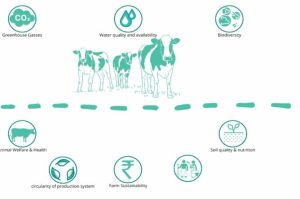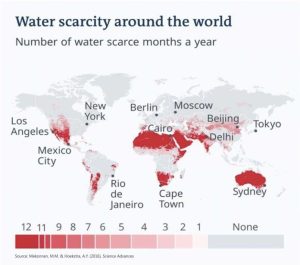 Sustainability is progressively becoming a specific requirement for food production, processing, and marketing. Internationally and nationally, consumers, society, food retailers, and food companies want to know from the global dairy industry: how sustainable is your milk produced?
Sustainability is progressively becoming a specific requirement for food production, processing, and marketing. Internationally and nationally, consumers, society, food retailers, and food companies want to know from the global dairy industry: how sustainable is your milk produced?
Defining sustainability
When we say “sustainability”, we often immediately jump to the environmental piece of the puzzle.
The word “sustainability” is similar to “healthy” in that it can have considerably different meanings depending on who you ask. In some cases, people are talking about ecological sustainability, and other times, it’s a focus on financial sustainability. There’s also the human factor — like everyone else, farmers have to contend with their time and energy limitations.
Environmental sustainability
Although dairy cattle significantly benefit the world by upcycling human inedible feedstuffs into milk and associated dairy products, it is not without potential negatives as beneficial as this process has become. Dairy cattle are a source of greenhouse gases through enteric and waste fermentation and excreting nitrogen emissions through their faeces and urine. However, these negative impacts vary widely due to how and what these animals are fed.
Green House Gasses
Dairy farms have been labeled a significant source of greenhouse gas emissions. Important emissions within the farm include enteric CH4 from the animals, CH4 and N2O from manure in housing facilities during long-term storage and field application, and N2O from nitrification and denitrification processes in the soil used to produce feed crops and pasture. Farms can also reduce greenhouse gasses by applying carbon sequester methods on-farm, also enriching soil quality.

Water quality & quantity
Water can have many roles on the farm: facilitating crop growth, on-farm consumption by animals, and use in cleaning. The first sustainable objective is to minimize the water required per liter of milk production. Minimizing or eliminating the impacts from the application of fertilizer, manure, biocides, and other types of water contamination that may impact water bodies and aquafers.

Water becomes explicitly critical in the Indian context. Water scarcity affects roughly 40% of the world’s population. According to the United Nations and the World Bank predictions, drought could put up to 700 million people at risk of displacement by 2030. India faces severe water stress in specific regions with its unique location and population density.
Biodiversity impacts local and global biodiversity due to significant land use for growing dairy cattle feed. Effect mitigation would require research for developing best practices that can contribute to biodiversity. Examples of these practices are reducing biocides, research on crop variance that can be used as suitable feed, and minimizing deforestation.
Soil quality & nutrients
Enhancing soil quality concentrates on optimum crop yields combined with soil ecosystem tasks such as water management, nutrient cycling, and soil microbial and plant biodiversity. The use of no-dig and regenerative agriculture can contribute positively and enhance carbon sequestration into the soil.
Social Aspects of Sustainability
Farm sustainability: Ensuring that the farm can secure suitable and socially acceptable earnings for the operator after meeting the operation cost, be it a Household Farm, Family Farm, or Business Farm. A financially sustainable dairy farm would also ensure lower opportunity costs for the operator.
Animal welfare & health: Creating conditions to enable standard animal behavior patterns by adjusting housing and grazing application will positively impact welfare and health. The introduction of animal measurements to monitor animal welfare is an important field of research to understand welfare and discomfort better. Feet and legs, mastitis, and heat stress are essential issues requiring further improvement to increase animal welfare.
Rural economy: The dairy sector contributes to many rural communities’ economic viability and resilience and supplies nutritious food to many countries. Building more robust dairy value chains answering market needs, and ensuring safe and nutritious dairy foods are crucial goals in dairy development. Combining sustainability themes, including the optimal use of land resources, are essential to building strong international dairy chains that contribute to economic growth.
Circular production systems: A circular food system aims to optimize the use of available biomass resources in the world. One of the goals of this circular approach is to avoid the use of human-edible biomass (such as grains and pulses) as a food source for animals. This would contribute to world food security. The challenge for the dairy sector is to reconsider the position of the dairy cow in a circular food system. Future feed rations should focus more on residuals from plant products and byproducts from the food industry.
Social Acceptance: Apart from working on financial viability, the dairy sector has to work on social acceptance of the Dairy Farms. With the growth of cities, though demand has improved, dairy farms have been pushed off the city peripheries, creating a challenge for farm operators.
Farm inheritance: Farm inheritance is a big challenge for dairy farmers, specifically for household and family farms. High opportunity costs and better career opportunities may hinder farm inheritance by the next generation.
Consumer: Consumer is fundamental to the concept of sustainability. Creating sustainable farming systems would generate an immense cost for dairy farmers, and an offset will be required. Consumers’ acceptance and agreement to pay for a sustainable product is vital. Else farmers would have to completely reply to policymakers to create the offsets in the form of subsidies.
What does “sustainability” look like for dairy?
According to Deepak Raj Tushir, co-founder, Binsarfarms, sustainable milk production aims to produce milk in the most respectful manner to the resources, land, animals, and people involved. He emphasizes farms’ economic sustainability, especially in the current times when feed prices and operational costs are marred with inflation.
“Protein sources like soya and mustard cakes are an essential ingredient for the cattle feed. Currently, despite the crop season, it is not easing up on prices. There is an unprecedented increase in all the input costs,” says Deepak.
Feed: Given feed accounts for roughly 70% of costs on the farm, he suggests that farmers must optimize feed to ensure a better feed: milk ratio. “As of now, Binsar farms aims to achieve a 1:2.8 to 1:3 feed: milk ratio.”

Breed: Breed selection is crucial as it determines the number of lactations cattle can be profitable on a farm. At Binsar farm, on average, a farm-bred cow can stay for 5 to 7 lactations vs the global average of 3 to 4 lactations.
Animal Welfare: Animal is central to sustainable milk production, and hence critical care is taken for animal health and breeding. “We are aiming to breed cattle suitable for our local environmental conditions and are not much impacted by heat stress,” he adds.
Fertilization: Talking about other components of the sustainability drive, Deepak shares Binsar’s strategy of utilizing farm residues like cow dung to fertilize crops on the farms and produce vermicompost to be sold in the consumer market.
Recycling: Binsar aims to promote sustainable packing and reduce the use of single-use plastics. Glass bottles are used to deliver farm-fresh produce to the market or direct to consumers.
Quality: Special care is taken to produce milk at par with global standards. “We take special care of Bacterial load, antibiotic residues, mycotoxins in milk, and other such parameters, says Deepak”.
People: “We are not just running a Dairy farm; we are a food production unit.” Deepak proudly mentions the approach taken towards business not just to operate it as a farm but like a business. All the employees are registered for social and professional benefits.
Consumer: Consumer acceptance and his ability and willingness to pay for sustainably produced products are crucial and will determine how successful such initiatives can become. “There are consumers who are aware of the impact of sustainability and are willing to pay a premium for products that are produced sustainably, he mentions.”
We at Jordbrukare believe that 3P “People Partnership for Planet” is the way forward for ensuring sustainable development while ensuring we care for our planet without losing economic leverage.

